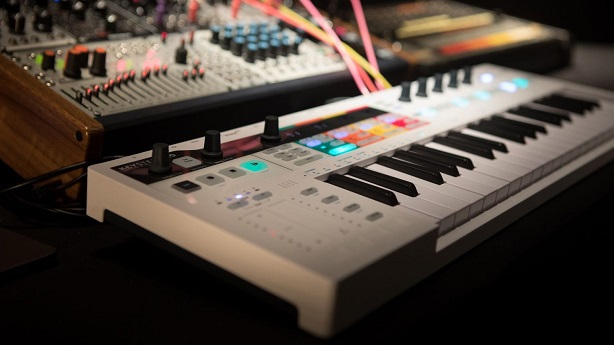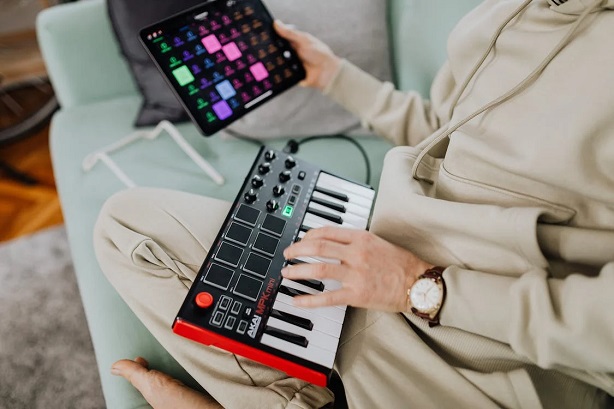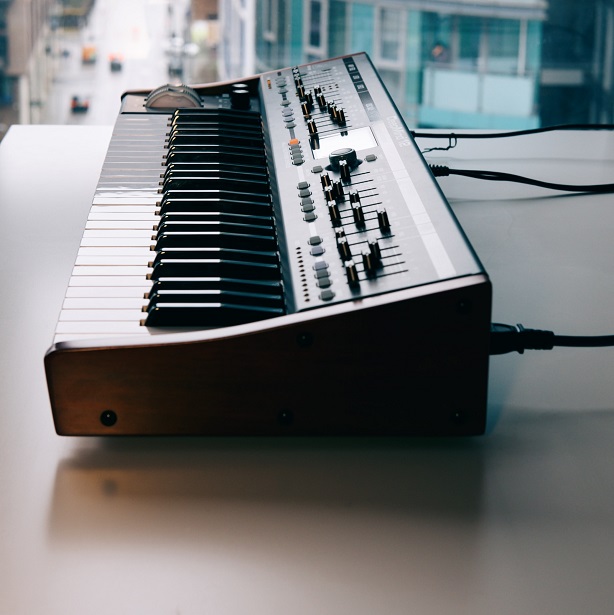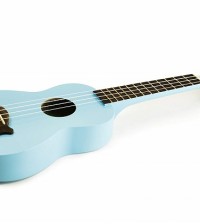Key Factors to Consider When Choosing a MIDI Controller for Music Production
Are you ready to improve your music production? Maybe you’re relying on your computer keyboard or mouse to input your notes and control parameters, but now you’re ready to invest in a dedicated MIDI controller keyboard. This amazing instrument allows you to interact with your DAW or software synthesizers in a much more intuitive way than clicking around with a mouse.
You’ll be able to practice your finger technique, chord progressions, and scales. This is particularly useful if you’re a beginner, as it helps you to develop good habits and improve your overall musicianship. Come with me as I explore the key factors that you should consider when choosing a MIDI controller for music production.
Control Features
It’s important to look for a compatible keyboard MIDI controller with added features that suit your needs. These features greatly impact the way you interact with your software and hardware and can be the difference between a great MIDI and one that just doesn’t quite work for you.
First, look at the number and type of pads, buttons, and knobs. You can use these controls to trigger samples, control effects, and adjust parameters on your software or hardware. Some models have just a few pads and knobs, while others have a whole array of controls that you can assign different functions to.
You should also consider the presence of pitch and modulation wheels. These controls add expression and nuance to your playing and can be especially important for musicians who want to recreate the feel of a traditional piano or organ. Some MIDI controller keyboards also come with built-in arpeggiators, sequencers, and other performance features that help you come up with new ideas and add interest to your music.

Key Count
The number of keys is another important consideration when it comes to buying a MIDI. There’s a wide range of options available, from mini keyboards with just a few octaves to full-sized models with up to 88 keys.
So, what should you consider when choosing the number of keys? Well, it really depends on what you plan to use the device for. If you’re a producer who mainly uses software instruments and doesn’t need a keyboard for performance, a small model with 25 or 32 keys is all you need. These devices are compact and portable, making them a great choice for musicians on the go or for those with limited space.
On the other hand, if you’re looking for something that feels like a real piano, you’ll probably want to look for a full-sized model with 88 keys. These mimic the feel and response of an acoustic piano, and they’re a great choice if you plan to use your keyboard for performance or recording.

Connectivity
When you’re in the market for a keyboard MIDI controller, it’s important to consider what kind of connectivity options you’ll need. They typically connect to your computer or other devices via USB, but some models also offer additional connectivity options like MIDI ports or Bluetooth.
USB is the most common type of connectivity for these devices, and it’s generally the most reliable and easiest to use. Just plug the controller into your computer, and you’re good to go! However, if you plan to use it with other devices that don’t have USB ports, you should consider a model with additional connectivity options like MIDI ports.

Portability
Whether you’re a musician who’s constantly on the go or you just want to be able to easily move your device around your home or studio, having a portable MIDI controller can be a huge advantage. A smaller and lighter model will obviously be more portable, but you also want to make sure that it’s still comfortable to play and that the keys or pads aren’t too small.
Another thing to consider is whether the device contains a battery or requires a power source. Battery-powered controllers are usually more portable because you don’t need to be near an electrical outlet to use them. However, you’ll need to make sure you have extra batteries or a way to recharge the device if you plan to use it for long periods.
Some portable keyboards MIDI controllers also come with their own carrying case or bag, which can make it even easier to take your device with you wherever you go. A sturdy and high-quality case can protect your device from bumps and scratches and make it easier to transport.

Is It Worth It to Buy a MIDI?
А MIDI controller is a great investment for anyone who wants to make music or work with digital audio software. They come in a variety of shapes and sizes, from small keyboard-style controllers to larger drum pads and more complex controllers with knobs and faders.
One of the main benefits of these devices is that they allow you to control software instruments and virtual effects in a much more intuitive way than using a computer mouse or trackpad. This is especially helpful for musicians who prefer playing instruments like keyboards, drums, or guitars, as MIDIs can often replicate the feel of these instruments.
Another advantage is that they help streamline your workflow when working with digital audio software. You can easily map knobs, buttons, and faders to specific software functions, making it easier to control and manipulate your sounds.







